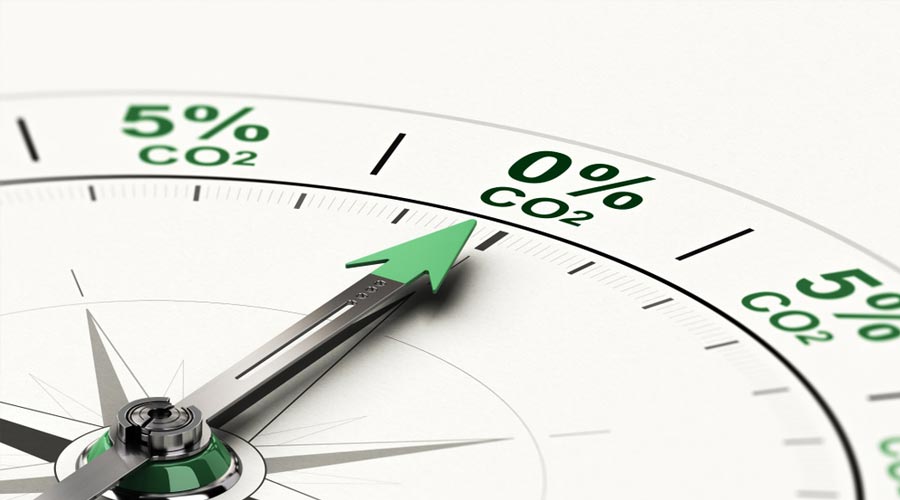What is
Carbon Footprint?
The carbon footprint is the total greenhouse gas (GHG, measured in mass of CO2 equivalent) emitted by an organisation (according to RD 163/2014) or product (according to ISO 14.067).
Its environmental impact can be measured according to recognised international standards, such as ISO 14064-1, PAS 2050 or GHG Protocol, among others. It is measured in mass of CO2 equivalent.
Our services


Eurocontrol can realise :
- Your carbon footprint within the framework of ISO 14046, but also to be able to accompany you in the calculation methods in order to be able to calibrate your progress in this field.
- Your water footprint : This is the total volume of freshwater used to produce a company's goods and services. It is measured in volume of water consumed (or evaporated) and/or polluted and its environmental impact can be measured according to ISO 14046
Discover our other
related services
Why choose Eurocontrol?

a team of experts at your disposal
of more than 1,400 people specialized in different technical disciplines.

Geographical coverage nationwide
with more than 30 offices and international presence in more than 50 countries through the Apave Group.

Complementary areas of activity
that allow our customers to combine safety and performance at all stages of their projects.



